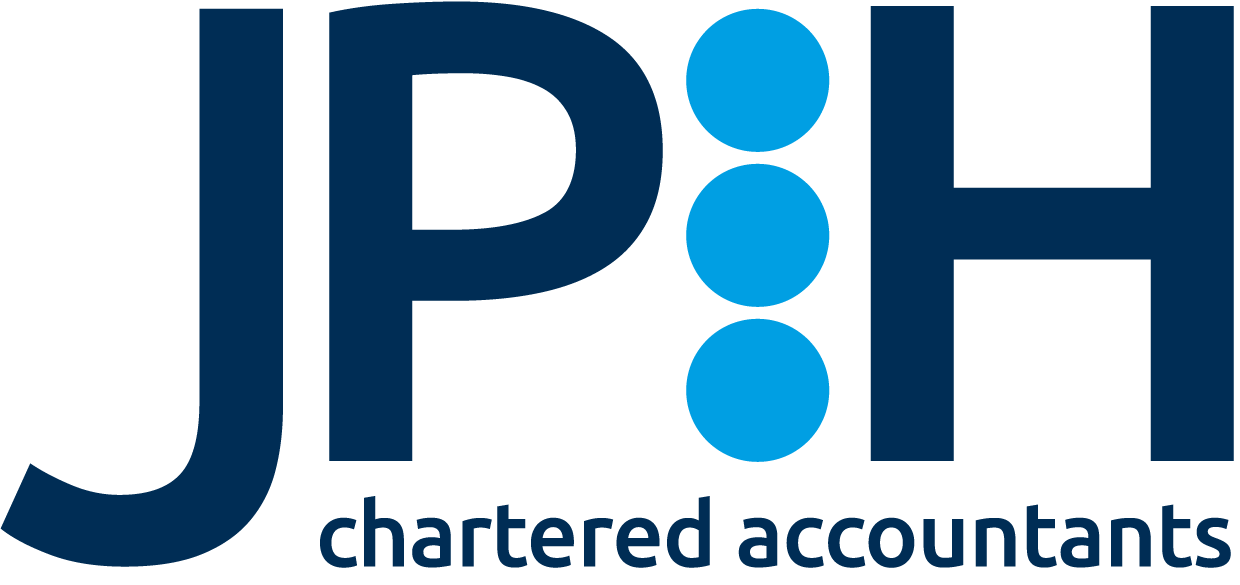If your turnover is edging towards £90,000, registration planning needs to be on your to-do list. From 1 April 2024, the VAT registration threshold increased from £85,000 to £90,000. That change is welcome, but it also means more owners are hovering near the line, with pricing decisions and seasonal spikes tipping them over. Inflation remains a factor too – the Consumer Prices Index rose by 3.8% in the 12 months to September 2025, keeping upward pressure on sales values. Thoughtful registration planning helps you avoid last-minute scrambles, penalties or poorly timed price rises while protecting margins and cashflow.
What changes at £90,000 and who must register
The key rule is simple: you must register if your taxable turnover in any rolling 12-month period goes over £90,000. You also have to register if you expect to exceed £90,000 in the next 30 days alone. The rolling test moves every month, so you should track cumulative taxable sales, not just the accounting year. If you go over, you must notify HMRC within 30 days of the end of the month when you crossed the line; HMRC will then set your effective date of registration (HMRC, 2024).
For businesses going the other way, the deregistration threshold is £88,000. If your future taxable turnover is expected to stay below that level, you can usually apply to deregister. (HMRC, 2024).
Registration planning: Should you register voluntarily?
Registration planning is not only about avoiding penalties – it’s also about choosing the most beneficial position for your business. Some owners register early for commercial reasons; others work to remain below the threshold.
- B2B suppliers: Customers can often reclaim VAT, so registration may have limited impact on demand. You can also reclaim input VAT – helpful if you incur sizeable costs.
- B2C sellers: Adding 20% to prices can dent sales. Absorbing VAT protects sticker prices but squeezes margins – consider whether your market will accept a rise.
- High-cost startups: Early registration can improve cashflow if you’re reclaiming VAT on setup costs and equipment.
- Low-margin traders: Staying unregistered can preserve price competitiveness; monitor monthly to avoid accidental breaches.
- Mixed supplies: If you sell exempt and taxable services, only taxable turnover counts for the test – but be careful with classification and evidence.
The right registration planning decision depends on who you sell to, your pricing power and how much input VAT you can reclaim.
A practical forecasting worksheet you can use today
Use this simple method each month to keep control of registration planning and reduce surprises.
- List monthly taxable sales: Record taxable turnover for the last 15 months – exclude exempt income, include zero-rated and reduced-rate sales.
- Run the 12-month rolling total: For each month, add months 1–12; drop the oldest as you move forward.
- Add pipeline estimates: For the next three months, add confirmed orders and realistic forecasts. Document assumptions.
- Stress-test pricing: Apply a modest price rise and a modest volume rise, separately, to see how quickly you could cross £90,000.
- Flag the breach month: Identify the earliest month where the rolling total exceeds £90,000; mark your latest notification deadline.
- Plan the VAT date: If a breach looks likely, set a provisional registration date and adjust quotes and invoices accordingly.
- Cashflow check: Model VAT on sales, input VAT on costs and payment timings. Decide whether cash accounting or annual accounting could help.
- File notes: Keep the worksheet and assumptions – if HMRC ever asks, it shows you treated registration planning seriously.
If you’d like us to set up a ready-to-use template and track this with you, see our VAT filing service on our website.
Pricing, cashflow and VAT schemes to consider
VAT registration affects pricing, cashflow and admin. Consider these areas as part of registration planning.
- Pricing strategy: Decide whether to absorb VAT or increase prices. For B2B clients, you can usually add VAT without issue. For consumers, test small increases and value-adds rather than a single jump.
- Cashflow timing: With standard VAT accounting, you pay output VAT for the period regardless of whether customers have paid you. Cash accounting bases VAT on receipts and payments – often kinder on cashflow.
- Annual accounting: One VAT return a year with monthly or quarterly payments can simplify admin, but keep an eye on projections to avoid surprises.
- Flat-rate scheme: This can reduce admin and sometimes cost for smaller service businesses, but run the numbers carefully – the flat-rate percentage and limited input VAT recovery can swing the outcome either way.
- Systems and invoicing: Ensure your software can add VAT, produce VAT invoices, and separate taxable, exempt, zero-rated and outside-scope items. Accurate records support returns and reduce the risk of errors.
Common risks we see and how to avoid them
- Failure to monitor: Relying on year-end accounts risks late registration. Use the worksheet and set a monthly checkpoint in your calendar.
- Wrong turnover test: The threshold uses taxable turnover – not profit, not cash receipts. Include zero-rated sales; exclude exempt items.
- Missed effective date: If you cross the line mid-month, the registration process and effective date still apply; late notification can trigger interest and penalties.
- Pricing after registration: Quote and invoice correctly from your VAT start date. Communicate clearly with customers so there are no surprises.
- Poor evidence: Keep exemption evidence, export documents and VAT rate justifications. Good records reduce disputes and speed up corrections.
Inflation also matters. With the Consumer Prices Index (CPI) at 3.8% in September 2025, modest price changes alone can push a growing business over the line sooner than expected – another reason to keep registration planning live (ONS, 2025).
What to do next
Registration planning is about control: choosing the best date, protecting margins and keeping cashflow steady. The threshold is £90,000 and the deregistration limit is £88,000, but the decisive factor is your rolling 12-month taxable turnover and what you expect in the next 30 days. With inflation still shaping prices, owners on the cusp should review forecasts monthly, agree a pricing stance and decide on a VAT scheme early.If you want a calm, structured plan, we can help. We’ll build your forecast, assess scheme options and get the paperwork right so you avoid penalties and keep admin light. For hands-on support with registration


